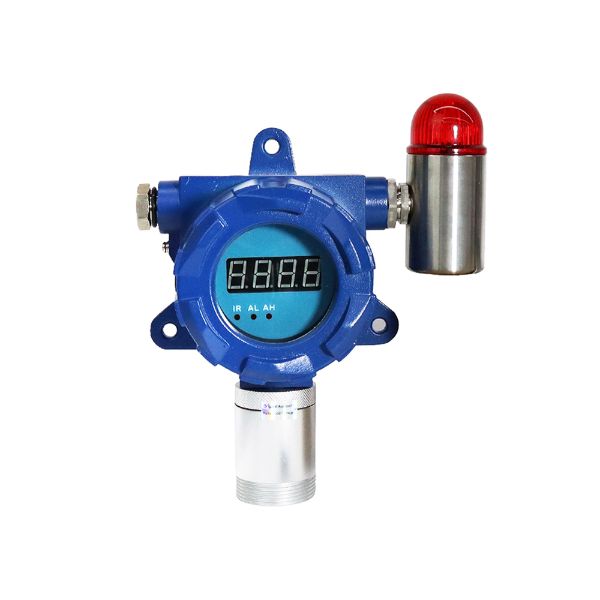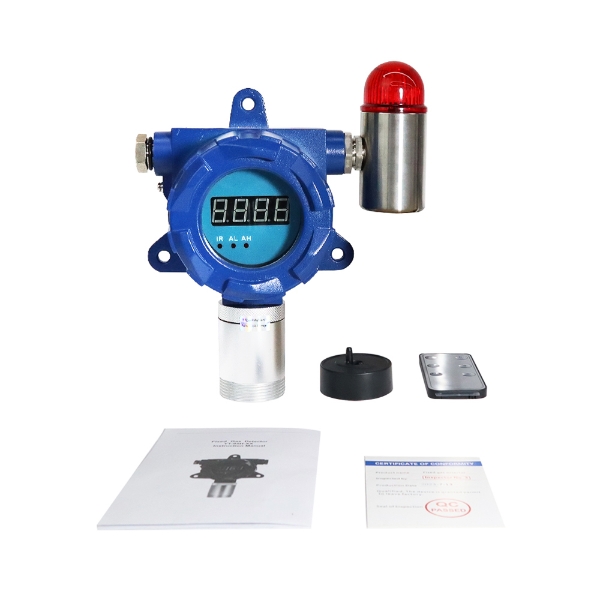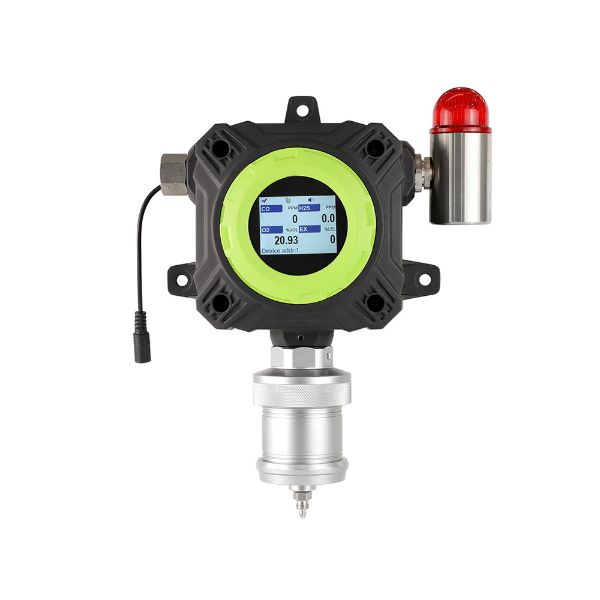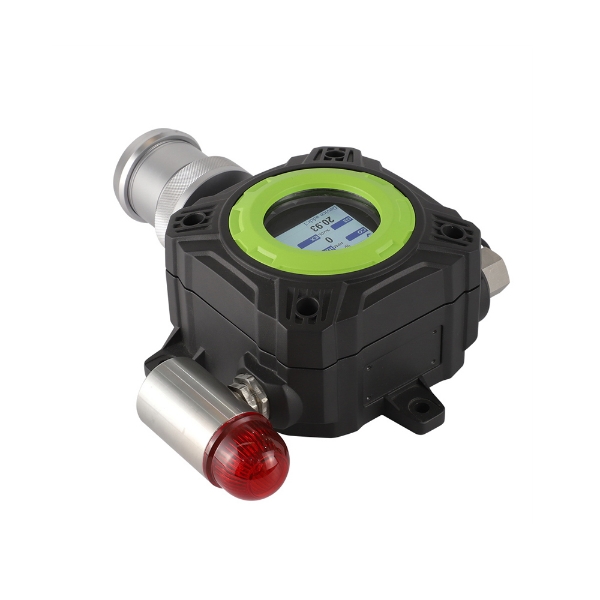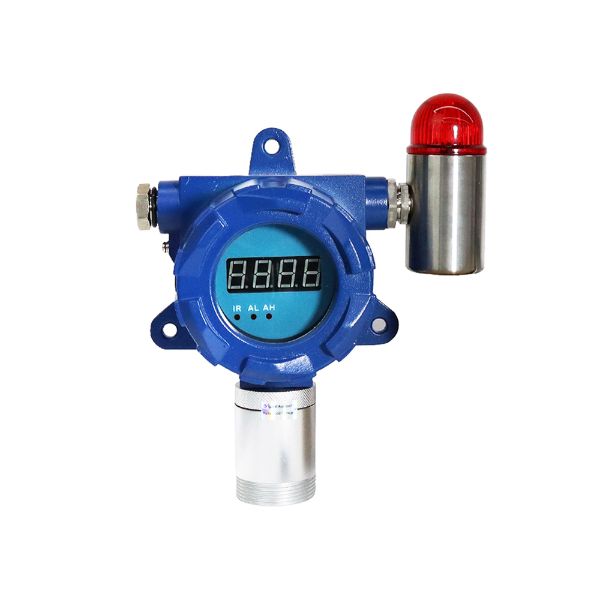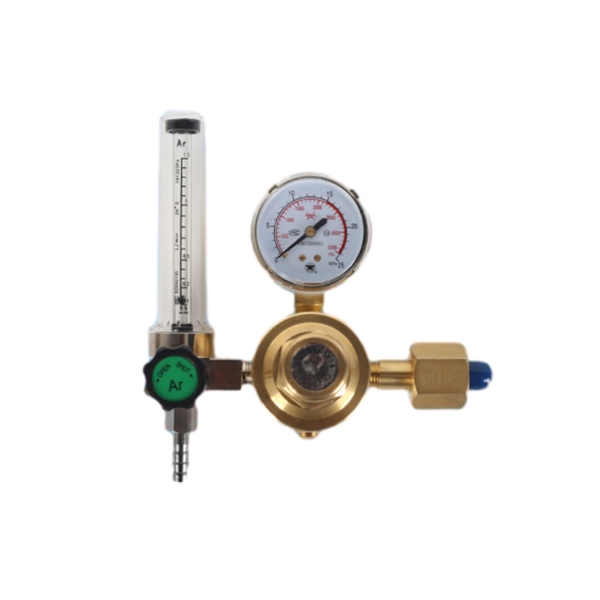Gas Detection Q&A - For Your Safety Environments
Built-in advanced gas detector sensor and sound & light alarm to ensure precise and safe gas detection in hazardous applications.
Q: Portable vs. Fixed Nitrogen Gas Detector
A: GasDog portable Nitrogen gas detectors and fixed Nitrogen gas detectors serve distinct purposes in monitoring and ensuring safety in environments where H2 gas may pose a risk. The key differences between these two types of detectors lie in their mobility, installation, and applications.
- Mobility and Portability: Portable H2 gas detector is designed for on-the-go use and can be carried by individuals to various locations where Nitrogen gas leaks may occur. It typically comes in a handheld or wearable form, making it convenient for workers to move around and assess the safety of different areas within a facility. In contrast, GasDog fixed H2 single gas detector is permanently installed in a specific location within a facility. It is stationary and continuously monitors the air quality of Nitrogen gas, providing constant surveillance in designated areas. Fixed detectors are ideal for environments where the risk of Nitrogen gas leaks is relatively constant and predictable.
- Installation and Maintenance: Portable detectors are easy to deploy and do not require complex installation. They are battery-powered and do not need a dedicated power source or wiring. Maintenance typically involves periodic calibration and battery replacement. Fixed Nitrogen gas detectors require professional installation, often involving wiring and integration with a centralized monitoring system. They are connected to a power source and may have a networked setup to transmit data to a control center. Maintenance includes regular calibration, sensor replacement, and system checks to ensure continuous and accurate operation.
- Applications: Portable H2 gas detectors are commonly used by workers in various industries, including construction, chemical manufacturing, and confined space entry. They provide personal protection, allowing individuals to assess their immediate surroundings for potential Nitrogen gas hazards. Fixed H2 gas detectors are employed in facilities where Nitrogen gas is used or stored in larger quantities, such as industrial plants, laboratories, or food processing facilities. They provide constant monitoring and can trigger alarms or safety protocols in case of a gas leak, ensuring the safety of a broader area and minimizing response time.
In summary, portable Nitrogen H2 gas detectors offer flexibility and mobility for personal safety, while fixed detectors are installed for continuous, facility-wide monitoring. The choice between the two depends on the specific needs and risks of the environment in question, with some facilities even using a combination of both to ensure comprehensive Nitrogen gas detection and safety measures.

